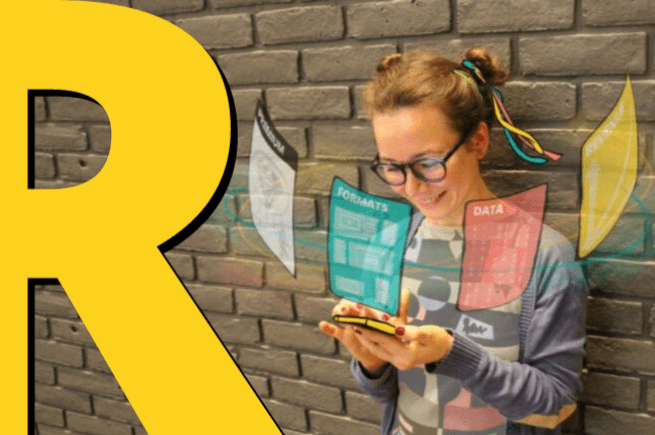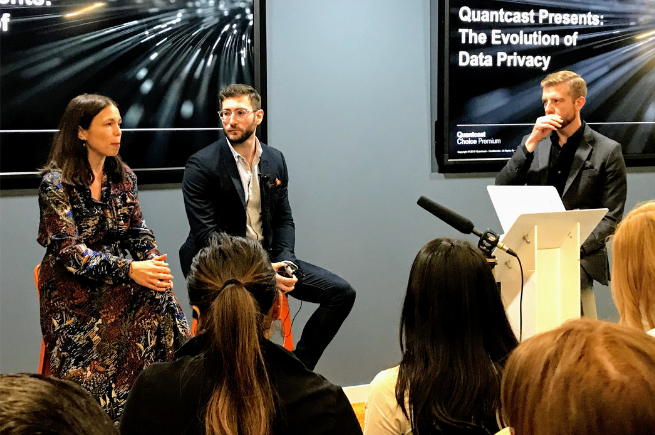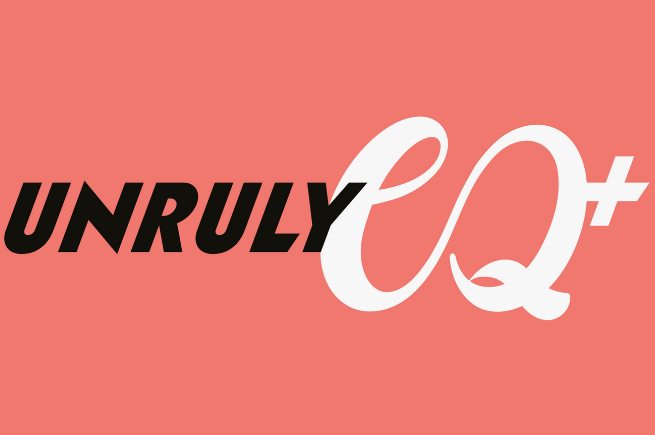R is for RTB
In the latest addition to our A-Z of Adtech series our Product Compliance Director, Kelly Jacobson Collins, takes a look at RTB and the ICO’s latest report. Real-time Bidding (RTB) is a fundamental pillar of programmatic advertising and refers to the automated buying and selling of online ad impressions through real-time auctions which take place in milliseconds. Those auctions are facilitated and underpinned by an evolved adtech industry of which Unruly is part. I hear the ICO released an important report recently? In June, the ICO (the UK “data protection authority”) released their ‘Update Report Into Adtech and Real-Time Bidding’ report. It focuses on the legalities and contractual complexities of the adtech supply chain via RTB. It surmises that the “adtech industry appears immature in its understanding of
Q is for Quality Environments
For the next in our A-Z of adtech we take a look at how to decide whether a site is quality/premium. If you work in the advertising sector you’ve most likely heard of quality or premium environments. This idea of quality environments grew and really took off around the time that negative stories around social media first emerged in the press. Where did this all begin? Stories like fake news being spread through Facebook, and ads appearing alongside extremist and degrading videos on YouTube have really driven awareness for advertisers and brands around where their ads appear. We now have well-know advertising moguls, brand leaders, multiple reports and research studies from across the globe that confirm the idea that advertising in quality environments is an effective way to
P is for Programmatic
In our latest addition to the A-Z of adtech, our Programmatic wiz, Paul Gubbins, breaks down and simplifies the different types of programmatic advertising. If you need a short and sweet guide to programmatic, you’ve come to the right place! Why are there so many types of programmatic advertising? With more flavours than Baskin Robbins, it is easy to understand how marketers and publishers get overwhelmed with the variety of programmatic buying and selling models available. It used to be straight forward. Buyers negotiated price and volume of impressions to be served directly with the publisher and cemented this commitment via a signed insertion order (or IO). During the first generation of programmatic, publishers sent their unsold inventory to supply-side platforms (SSPs) and exchanges to increase sell-through rates
O is for Outstream
For the next in the A-Z of adtech series, our Demand BD Executive, Luca Bozzo, looks at the wonderful world of outstream, where we began, how it’s being used, and what the future holds for this format. From humble beginnings to the fastest growing video format Outstream as a format has achieved its original, necessary purpose: open up significantly more video supply and do it at a lower price point. Publishers couldn’t create enough video content to keep up with the seismic spend shift to video, and demand for the burgeoning channel made CPMs balloon. Outstream solved both issues at once by opening up net new inventory while keeping CPMs low, and it’s skyrocketed since. It’s only natural that traders, platforms, and publishers all took note. According to
N is for News environments
In this edition of the A-Z of adtech, we examine how premium environments like news sites, boost metrics for video ads. A recent study by Newsworks and the Association for Online Publishing (AOP) looked at ads in premium environments compared to social media and found some interesting results… So what does all this mean? Left brain memory encoding, which processes words and detail, is 42% stronger when people view ads on premium editorial sites than when they see the same ads on social media sites. Right brain memory encoding (higher emotional intensity) is strong for both premium sites and social media, but ads on premium sites still generate a 9% stronger response. Ads on premium sites are viewed for an average of 17% longer compared to ads
M is for Mute
In our next in the A-Z of adtech series we look at optimising creative for sound off, and whether audio metrics are still a valid way of measuring ad performance. It’s a tense time for publishers… On average, desktop traffic is declining in favour of mobile. Using the US as an example, 63% of online traffic comes from smartphones and tablets, which means that desktop display traffic, currently sold via direct sales team and SSPs is also declining. On the face of it, that might not sound like a big deal. It’s not like people are giving up the internet, they’re just consuming more content on their phones. So what’s the problem? The problem is that the online advertising landscape is changing. Recent headlines made by Apple about
Study shows RVAs lead to an overwhelmingly positive ad experience
The gaming industry has grown significantly over the past decade and there’s no sign of it slowing down, especially within the mobile space. In 2018 Candy Crush made just over $1 billion in revenue, and Pokemon Go, yes the same Pokemon Go the world went crazy for three years ago, is on track to do the same. Niantic, the company behind Pokemon Go, will soon launch its next game set in the world of Harry Potter, which means it’s guaranteed to become a multi-billion dollar hit. What are RVAs? If you’ve ever played a mobile game, you’ll most likely have encountered an RVA. They often pop up when you’re out of lives or cash and offer you more in exchange for watching an ad. The mobile gaming audience
The GDPR, one year on
Last week, to mark one year since the GDPR came into force, the IAB UK hosted Quantcast’s Evolution of Data Privacy event and our Product Compliance Director, Kelly Jacobson Collins, went along. It was really interesting to hear the range of approaches that companies had taken to tackle the GDPR and to hear everyone’s plans going forward. Quantcast invited me to speak on ‘The Consented Ad Tech Space’ and I’d like to share some of my thoughts from this talk with you as I think it’s really important that we continue to collaborate and learn from the changes that are impacting the ad tech industry and beyond. What has the GDPR changed? I believe the GDPR has been really positive for the ad tech industry. For a long
News Corp Australia and Unruly launch revolutionary new data-powered tool for Australian marketers
UnrulyEQ+ combines data and insight from News Connect and UnrulyEQ Driven by the combined assets of UnrulyEQ – a unique suite of emotional testing and targeting capabilities, and News Connect – News Corp Australia’s audience targeting and campaign activation platform, UnrulyEQ+ is Australia’s most advanced toolkit for creative and media optimisation. UnrulyEQ+ allows advertisers to test and optimise video content for emotional impact, identify the key triggers for a desired audience and match this data with News Connect data to build powerful audience segments of viewers who are most likely to engage with the campaign. Speaking about the launch of UnrulyEQ+, Ricky Chanana, Managing Director AUNZ, Unruly commented: “By joining forces with our News Corp Australia family, we’ve created an incredible targeting product for Australian marketers. UnrulyEQ+ combines










